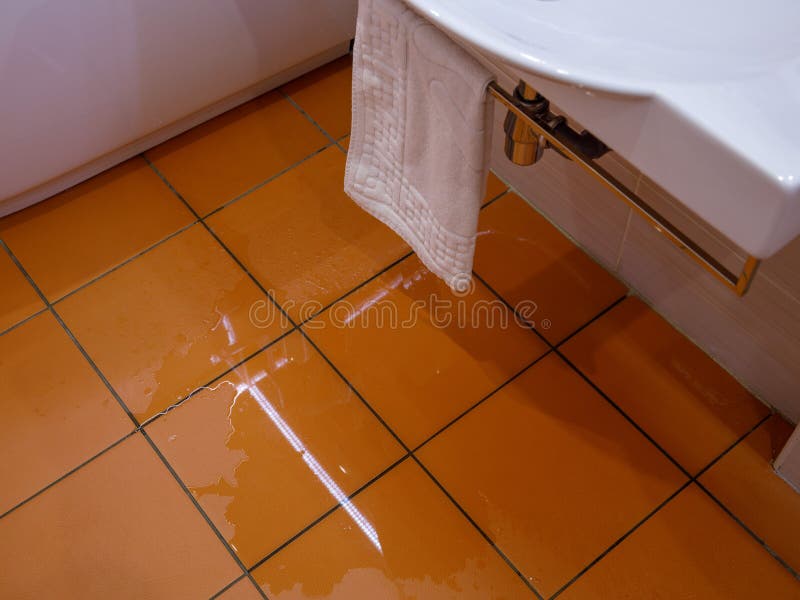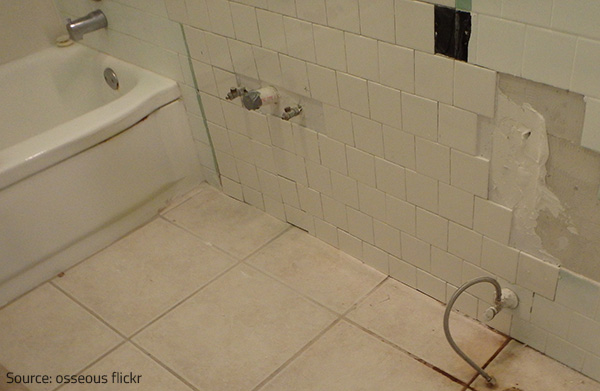Just How to Repair and Protect Against Bathroom Water Damage
Just How to Repair and Protect Against Bathroom Water Damage
Blog Article
We have encountered this post on How to Repair and Prevent Bathroom Water Damage? directly below on the web and decided it made good sense to relate it with you here.

Water damage frequently happens in the shower room as a result of the water used everyday. Occasionally, the damage could be a little mold from the shower. Various other times, it's massive damages on your flooring. Whatever it is, it is always great to understand the reason and avoid it prior to it takes place.
This guide will go through a few of the usual causes of water damage in the shower room. We will likewise analyze what you can do to stop these causes from damaging your shower room. Let's dive in.
These are the common factors you would certainly have water damage in your bathrooms and exactly how you can detect them:
Excess Moisture
It's amazing to have that lengthy shower and also splash water while you dance around as well as imitate you're executing, but in some cases these acts might create water damage to your washroom.
Splashing water around can cause water to visit edges and also develop mold and mildews. See how you spread excess moisture around, as well as when you do it, clean it up to avoid damages.
Splits in your wall surface tiles
Bathroom wall tiles have been specifically created for that function. They secure the wall surface from dampness from individuals taking showers. Nonetheless, they are not indestructible.
Sometimes, your restroom wall tiles fracture as well as enable some wetness to leak into the wall. This might potentially ruin the wall if you don't take any type of action. If you discover a fracture on your wall ceramic tiles, fix it right away. Don't wait until it destroys your wall.
Overflowing toilets and sinks
As humans, sometimes we make blunders that can create some water damage in the shower room. For instance, leaving your sink faucet on might cause overflowing and damages to other parts of the restroom with moisture.
Also, a faulty commode can create overruning. For instance, a damaged toilet handle or various other parts of the tank. When this occurs, it could damage the flooring.
As quickly as you discover an overflowing sink or commode, call a plumbing professional to aid take care of it right away.
Burst or Dripping Pipelines
There are numerous pipes lugging water to various parts of your restroom. Some pipes take water to the commode, the sink, the faucets, the shower, and several various other places. They crisscross the small location of the restroom.
From time to time, these pipelines might get corroded as well as burst. Various other times, human action could trigger them to leak. When this takes place, you'll discover water in the corners of your washroom or on the wall.
To detect this, watch out for bubbling wall surfaces, molds, or mold. Call an expert emergency plumbing professional to fix this when it takes place.
Roofing system Leakages
Often, the problem of water damage to the shower room might not originate from the restroom. As an example, a roofing system leakage might create damage to the bathroom ceiling. You can identify the damages done by taking a look at the water discolorations on the ceiling.
If you find water spots on your ceiling, examine the roofing system to see if it's harmed. Then, call an expert to aid resolve the concern.
Conclusion
Water damage to your restroom can be aggravating. However, you can manage it if you protect against some of the reasons stated in this guide. Call an expert emergency situation plumber if you notice any type of extreme damage.
How to Prevent Water Damage in Your Bathroom?
Water damage repair is an expensive, meticulous, and lengthy process. Unfortunately, bathrooms are the most susceptible rooms to water damage due to toilets, showers, and sinks. Pipes and fixtures wear out over time and are not immune to damage. But all is not lost, as there are ways to prevent water damage from occurring in your bathroom.
Check Your Plumbing
Nothing lasts forever, especially pipes, which can rust and begin leaking over time. You should periodically conduct pipe inspections and pay attention for any musty smells or water stains that may indicate you need water damage repair. Here are some things to check:
Frequently test valves for your toilet, shower, and sink to ensure they are properly working. Check faucet supply lines hidden under vanities and replace when needed. Replace cracked or deteriorating caulking along sinks, tubs, and showers. If you notice a clog in your sink, call in a professional. Since you can’t check the pipes in the wall, keep an eye out for stains, drywall bubbling, musty smells, and excess moisture; if the bathroom is on a second level, check the ceiling of the room directly below for these signs. Don’t Overwork Your Toilet
One of the most common reasons bathrooms need water damage repair is due to overflowing toilets. Save yourself the hassle of cleanup by being mindful and not pushing your toilet to extreme limits. If you have young children, it is especially important to keep an eye on them when they are in the bathroom and to teach them how to avoid clogging the toilet. Here are some more tips to help prevent your toilet from overflowing:
If you have a septic tank, only use septic-safe toilet paper Do not flush anything down the toilet besides toilet paper; items like diapers and sanitary napkins will clog the piping Pay attention to your toilet’s water level: If it’s low, it could mean it is partially clogged or that there is a crack in the toilet bowl https://www.alure.com/home-improvements-blog/resources/how-to-prevent-water-damage-in-your-bathroom

Do you like reading up on How to Repair and Prevent Bathroom Water Damage?? Write feedback below. We will be delighted to hear your responses about this write-up. We are looking forward that you visit us again before long. Make sure you set aside a second to promote this blog posting if you liked it. Thank you for your time spent reading it.
Visit My Web Page Report this page